Lfp vs nmc battery - comparative analysis of materials and batteries

In addition, you can also learn about the comparative analysis between lfp and lithium ion batteries through lifepo4 vs lithium ion on our website.
Lfp material and battery
Compared with lfp vs nmc battery, lifepo4 of three-dimensional reticular olivine structure forms a one-dimensional Li + transmission channel and limits the diffusion of Li +. Meanwhile, the octahedral feo6 is co-top connected, which has low electron conductivity and large polarization at large multiplier discharge. In order to solve the low lithium ion diffusion and electron conductivity of lifepo4 materials, the current technology is mainly improved by nanotechnology, carbon coating, doping and other means.
The charging and discharging process of lifepo4 material mainly changes between lifepo4 and fepo4 phases, and the volume change rate is small, which makes the material extremely stable. Therefore, the safety and stability of lfp material and battery are beyond doubt.
Lfp battery mainly has the following characteristics:
● Lfp battery cycle performance is excellent, the energy battery cycle life can be up to 3000~4000 times, and the multiplier battery cycle can even reach tens of thousands of times.
● Compare lfp vs nmc battery, lfp battery has excellent safety performance, even at high temperature can still maintain a relatively stable structure, making lfp battery safe and reliable, even in the battery deformation and damage will not appear smoke, fire and other safety accidents.
On the other hand, lfp raw material resources are relatively rich, which greatly reduces the use cost of materials and batteries. At the same time, because the iron and phosphorus element is environmentally friendly, lfp materials and batteries are pollution-free to the environment.
However, to nmc vs lifepo4, the structural characteristics of lifepo4 materials determine that the material has a relatively low ion and electron conductivity, and as the temperature decreases, the electron transfer impedance and the charge migration impedance both increase rapidly, resulting in the poor low-temperature performance of its battery.
Nmc material and battery
Since the Li (NixCoyMn1-x-y) O2 material was first reported, it has attracted high attention from researchers. In order to reduce the cost pressure brought by Co price increase, the research of low Co or even no Co materials has been carried out around the world, and such materials may become the mainstream cathode materials in the future.
Li (NixCoyMn1-x-y) O2 has similarities to the LiCoO2 structure. Take the type NCM111 nmc material as an example, where Li + is located at position 3a in the structure, Ni, Mn, and Co are randomly distributed at position 3b, and the lattice oxygen occupies position 6c. The transition metal layer structure is composed of Ni, Mn, and Co, and is surrounded by 6 lattice oxygen to form the MO6 (M=Ni, Co, or Mn) octahedral structure, while the lithium ion is embedded in the MO6 layer.
During charge and discharge, lithium ions are deembedded in the MO6 interlayer structure, and the electric pairs involved in the electrochemical reaction are Ni2 + / Ni3 +, Ni4 +, Ni3 + and Co3 + / Co4 +, while the Mn elements are electrochemically inert and do not contribute to the electrochemical capacity. According to the ratio of Ni content, nmc materials and batteries can be divided into conventional types and high nickel types. With the increase of Ni content, removable lithium embedding increases, material capacity and battery energy density increase, so high nickel type nmc materials and batteries are the current research hotspot and full of challenges.
First of all, because the Ni2 + radius is very close to the Li + radius, with the increase of Ni content, the probability of high nickel nmc material producing Li / Ni mixing at high temperature sintering preparation increases sharply. And it is difficult for lithium to go into the MO6 layer, which hinders the transmission capacity of Li +, resulting in the reduction of specific capacity and the reduction of cycle performance and it is difficult to reverse.
Secondly, with the increase of Ni content, the proportion of Ni3 + in the material also increases, and Ni3 + is very unstable, exposed to the air is very easy to react with the water and CO2 in the air to produce the surface residual alkali, resulting in the loss of ternary material(cathode material for preparing ternary lithium battery) capacity and circulation performance. In addition, too much surface residue will make the nmc battery gas production seriously, affect its circulation performance and safety performance.
Third, the high-price Ni elements also have high catalytic activity and oxidation, resulting in electrolyte decomposition but also cause battery gas production. In order to solve the above problems, precursor customization, sintering process personalization, ion doping, surface coating modification, wet treatment and production environment control have become the common choice of nmc material manufacturers.
For nmc battery, its performance characteristics mainly have high material mass specific capacity, mass and volume specific energy, good multiplier performance and low temperature performance, but due to the stability of the structure, the scarcity of nickel and cobalt resources, its good circulation performance, general safety performance, high cost.
Comparative analysis of lfp vs nmc battery and material
Energy density
Compared with lfp vs nmc, nmc material has a higher discharge specific capacity, and the average voltage is also higher, so the mass ratio energy of nmc battery is generally higher than that of lfp. In addition, due to the low true density, small particles and carbon coating, the pole compaction density of lfp material is about 2.3 ~ 2.4 g/cm3, while the compaction density of nmc pole material can reach 3.3~3.5 g / cm3. So the volume specific energy of nmc material and battery is also much higher than that of lfp.
Security
From the perspective of safety to lfp vs nmc material, the main structure of lfp material is po4, and its bond energy is much higher than the M-O bond energy of the nmc material MO6 octahedron. The thermal decomposition temperature of the full electric lfp material is about 700℃, while the thermal decomposition temperature of the corresponding nmc material is 200~300℃, so lfp material is safer. From the perspective of lfp vs nmc battery, lfp battery can pass all the safety tests, while the acupuncture and overcharging tests of the nmc battery can not be easily passed, which needs to be improved from the structural parts and the battery design end.
Power performance
The activation energy of the lfp material Li + is only 0.3 to 0.5 e V, resulting in its Li + diffusion coefficient in the order of 10-15 to 10-12 c m2/s. The extremely low electron conductivity and lithium ion diffusivity lead to poor lfp power performance. The Li + diffusion coefficient of nmc materials is about 10-12~10-10 c m2/s, and the electronic conductivity is high, so the nmc battery has better power performance.
Temperature suitability
Due to the low electron conductivity and ionic conductivity of lfp material, the low-temperature performance of lfp battery is poor. Compared with the normal temperature, lfp battery-20℃ discharge capacity retention rate is only about 60%, while nmc battery of the same system can reach more than 70%.
Cost and environmental factors
Nmc materials contain scarce metals such as Ni and Co, which cost is higher than lfp. With the improvement of lfp vs nmc battery and material technology level, the cost of lfp vs nmc battery has decreased significantly, and the current market price of nmc battery is higher than that of lfp battery. At the same time, compared with environmentally friendly Fe and P elements, nmc materials and Co elements in N and batteries have great pollution to the environment. Combined with the above factors, the demand for environmental control and waste recycling of nmc materials and batteries is more urgent.
All in all, lfp vs nmc battery have their advantages, which also determines the respective application fields of the two materials. Speaking of nickel-cobalt-manganese batteries, you may want to know some information about high-nickel batteries, such as industry dynamics and some prominent manufacturers in the industry. Top 10 high nickel battery manufacturers on our website will provide you with comprehensive information about high nickel battery manufacturers to help you gain a deeper understanding of the field.

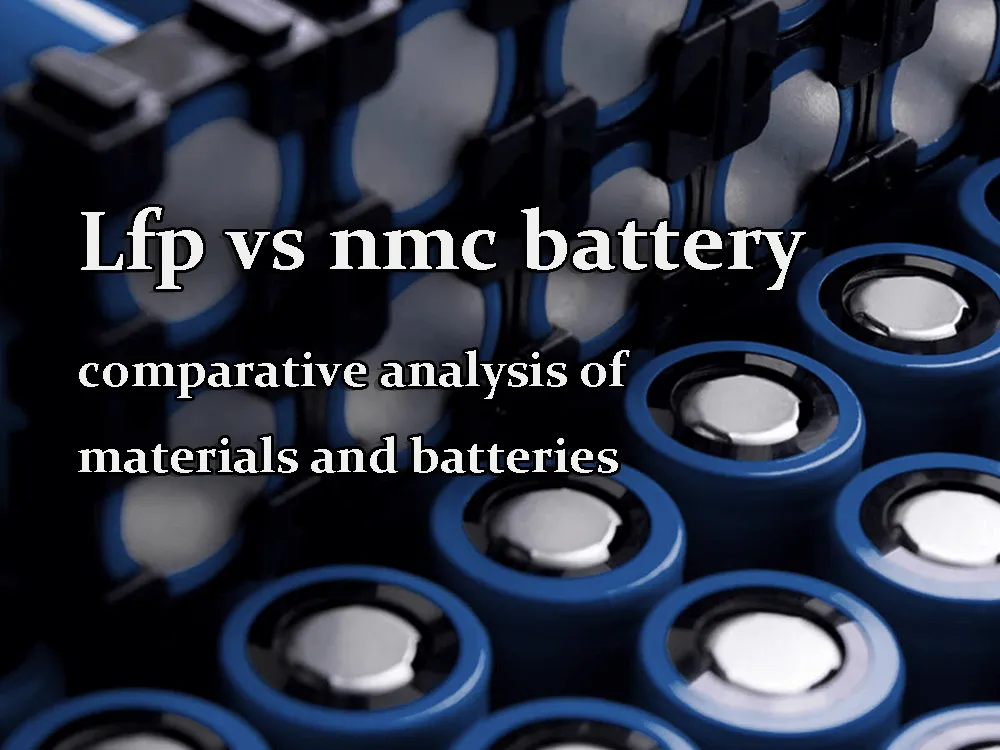
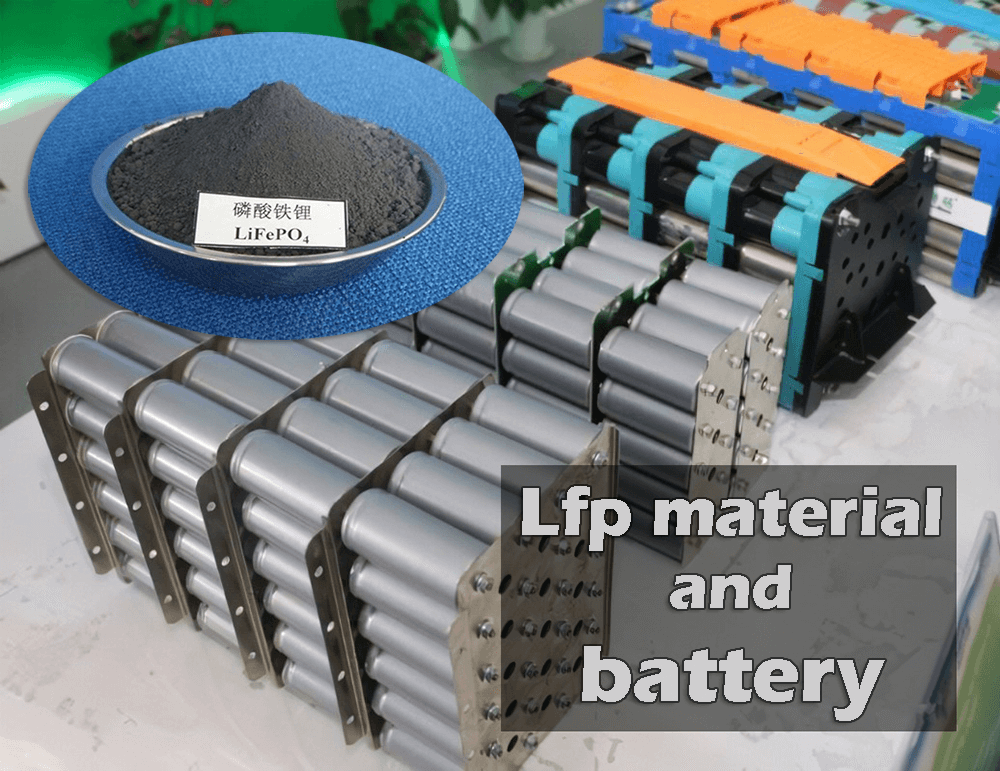

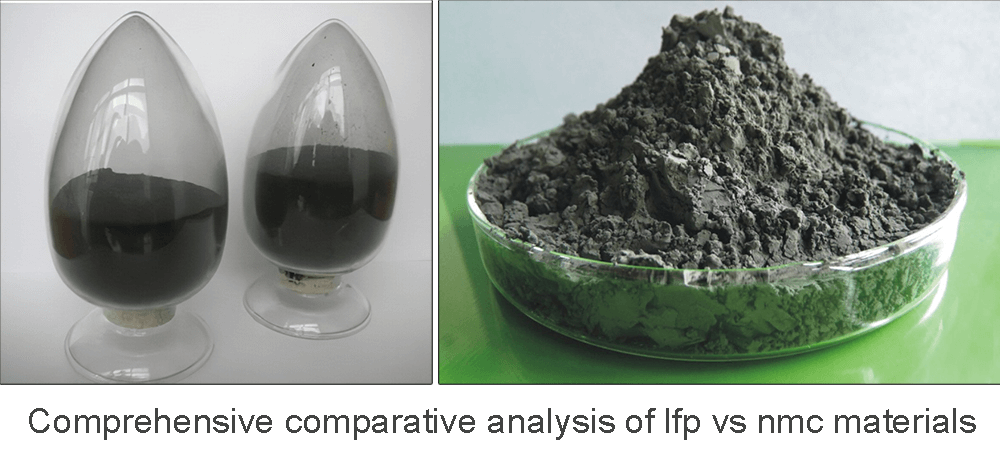
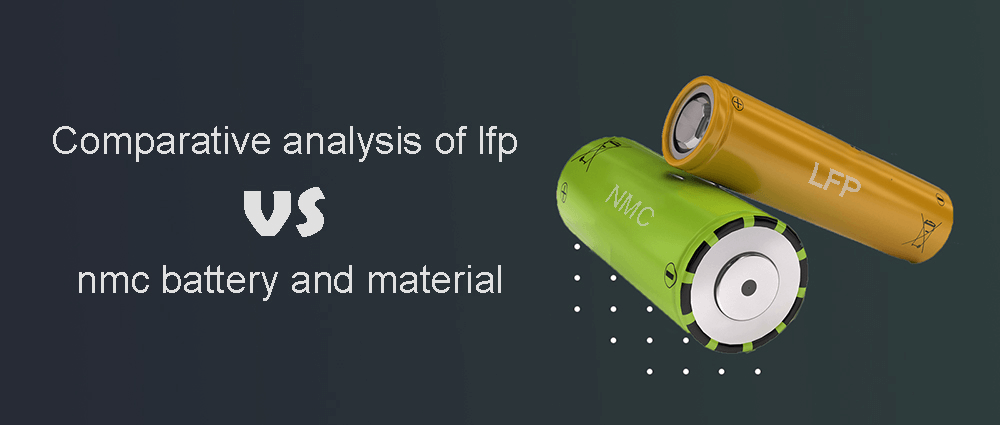
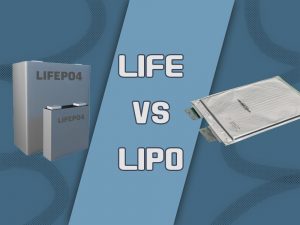
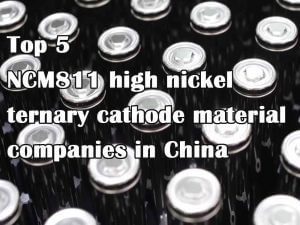




















9 thoughts on “Lfp vs nmc battery – comparative analysis of materials and batteries”
I will look at the sharing here every day, and I think it is very meaningful for me to learn in this aspect
Thanks for your comment, plz check out our new comparison article~ hope it is useful to you
This is nicely put! !
This is nicely said! !
Superb stuff, Regards!
Whoa many of wonderful advice.
This is nicely put! !
You explained that very well!
Regards! I value this!